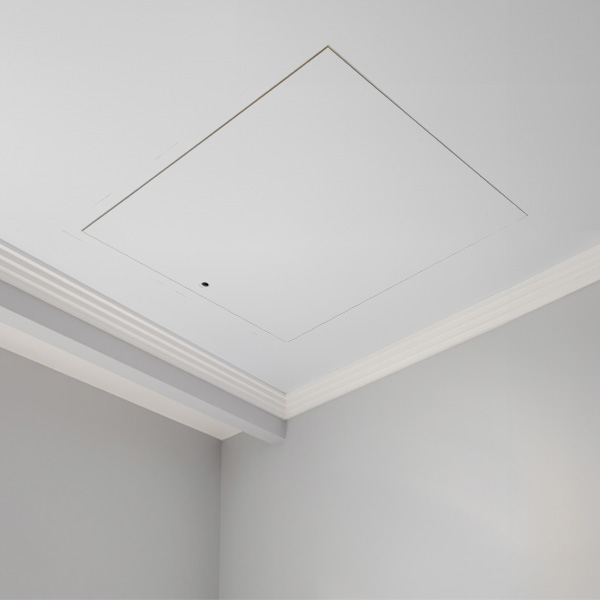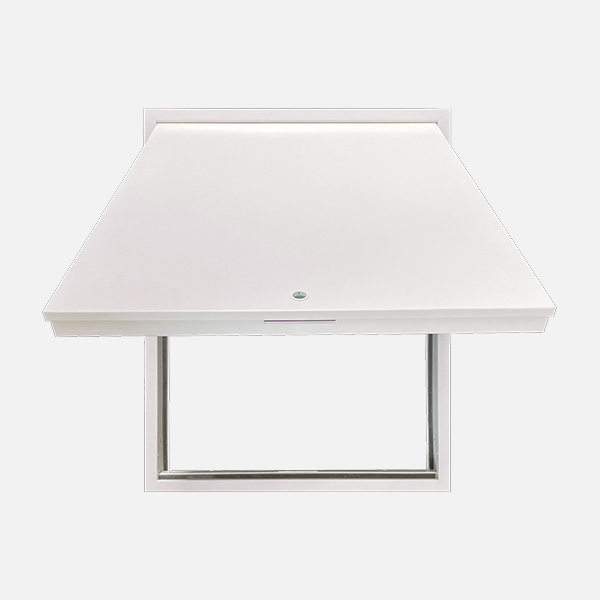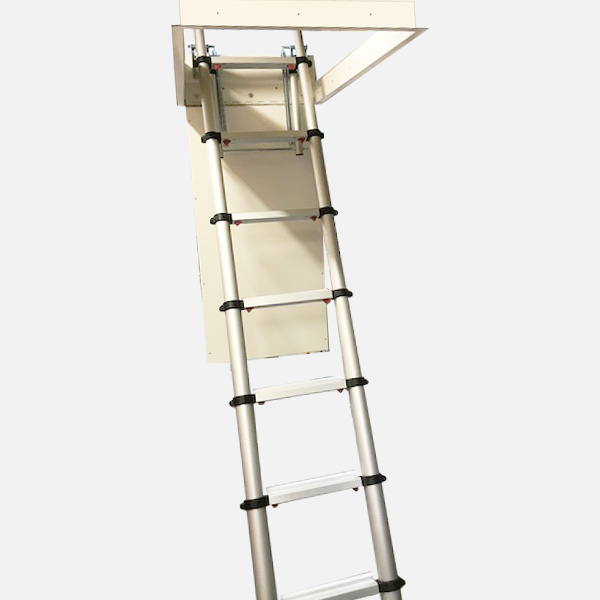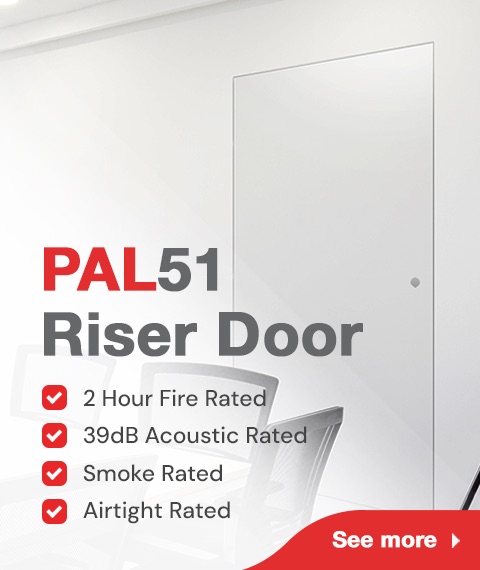Everything You Should Know Before Purchasing Your Loft Hatch
Most people are familiar with loft hatches. They can be found in almost every home and are essentially a cover for the access point that provides entry into an attic or loft space. This is essential for maintenance tasks, storage space and the potential to convert your loft into a livable space.
Commonly found in places such as corridors, circulars fit in with the aesthetics of other ceiling furniture.


Generally, there are two types of loft hatches available; hinged or push-up.
Hinged hatch doors are fitted to the frame and usually drop into the living space. These panels are easy to open and can be opened with a pole making them easier to reach. Push-up panels tend to be a cheaper alternative and can offer a larger opening thanks to the door being fully removable. This hatch would require the user to reach up and open the hatch, usually by standing on an elevated surface, such as a step ladder.
Standard hatches are commonly made from wood or plastic and are hinged for easy access but other options are available. These include insulated hatches that include additional insulation to meet building regulations. There are also fire-rated options, made from fire-resistant materials and seals, commonly required in properties that are three or more stories to prevent the spread of fire between floors. It is also possible to have an electric loft hatch which is operated by a remote control or a switch. These are convenient for properties with high ceilings or limited accessibility.
When choosing your loft hatch, there are a variety of materials available.
- Wood (made from MDF or plywood) is a common choice although if not properly sealed, these panels are prone to warping.
- Metal hatches are known for their durability and resistance to moisture as they are usually made from aluminium or steel. These can sometimes be suitable for outside access but it is important to check this with your supplier.
- Plastic options are lightweight and cost-effective. It is important to consider that these panels may not offer as much insulation or durability as others.
- Composite hatches combine materials like wood fibres and plastics to enhance strength and insulation properties.

In the UK, building regulations tend to require loft hatches to be insulted for energy efficiency purposes. When properly installed, loft hatches can also improve energy efficiency by preventing heat loss as they are sealed tightly to prevent drafts which would allow warm air to escape and cold air to enter. Most loft hatches now come with built-in insulation which, again, minimises the amount of heat that escapes through this access point.
There are no regulations regarding loft hatch opening sizes in the UK, however, most hatches tend to have a standard opening size of 562mm x 726mm.
When considering the amount you are looking to spend on a loft hatch, it is important to consider what your specific requirements are as the cost of a loft hatch will vary depending on these factors. You should consider; what size you require, what material you want to use, and any additional features such as fire rating, insulation, how you want to open the hatch, etc. Basic wooden or plastic panels are cheaper than more specialised panels although may not always be suitable for your requirements. It is also important to consider the longevity of your hatch. Installation costs will also depend on the type of hatch and the complexity of the fitting job, for example- if you need to make modifications to the space beforehand. It is always recommended that you get loft hatches fitted by a professional for the best results.
At Palco, we specialise in fire-rated, metal, hinged loft hatches. Our PAL12 is available with both picture frame and beaded frame and cones with a 3-way lock as standard. We also offer a variety of other lock options depending on the specifications. They are insulated to meet building regulations and must be fitted into a ventilated loft space to prevent condensation. This hatch is 1-hour fire rated up to 575mm x 740mm and available up to 1000mm x 1200mm when non-fire rated. It has no acoustic or airtight certification.
We can also supply the ladders for the loft when there is no fire rating needed. The PAL12 comes with a full piano hinge and is hinged on the first dimension mentioned so it is important to be mindful of this when asking for a quote or placing an order, for example, a panel that is 500mm x 600mm will be hinged on the short (500mm) side.



